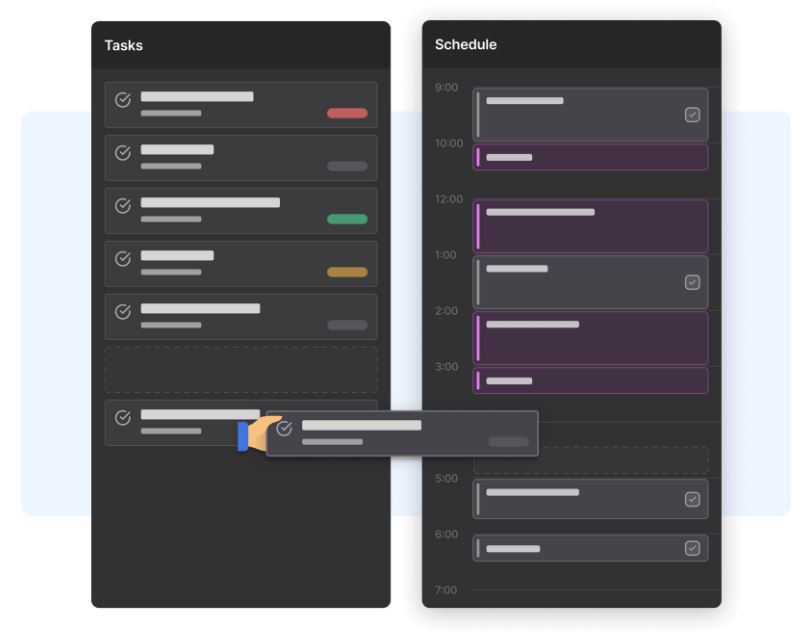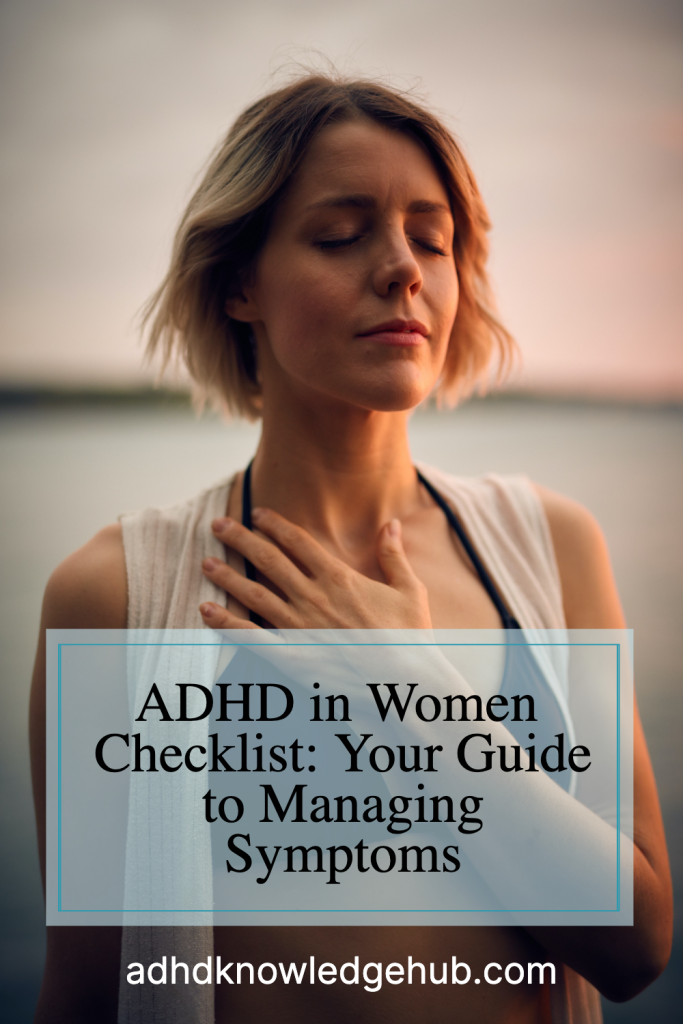ADHD in Women Checklist: Your Guide to Managing Symptoms
Hello there! As someone who has navigated the world of ADHD, I’m excited to share my insights on Understanding ADHD in Women Checklist. It’s quite an adventure to delve into, given how ADHD (Attention-Deficit/Hyperactivity Disorder) presents a unique set of challenges, especially in women. This is a neurodevelopmental disorder typically characterized by inattention, impulsivity, and hyperactivity. Yet, these symptoms can look different in women, often leading to underdiagnosis and inadequate support.
Recognizing Symptoms
Knowing how ADHD manifests is the key to managing it. Physical symptoms like restlessness and an inability to sit still for long periods are common. You might feel like you are constantly ‘on the go,’ driven by an internal motor that never switches off.
The Emotional Symptoms are a bit harder to pin down. Many women report frequent mood swings and emotional sensitivity. Feeling overly emotional or struggling to handle stress could be signs. You might also experience low self-esteem, feeling like you are never quite “good enough.”
Moving on to Cognitive Symptoms, inattentiveness, forgetfulness, and difficulty focusing on tasks are key symptoms. You might also struggle with multi-tasking or find yourself easily distracted.
The Importance of an ADHD in Women Checklist
A checklist can be a lifesaver when it comes to ADHD. Why? Because the Benefits of a Checklist are numerous. It can help you identify and track your unique set of symptoms, monitor how they evolve over time, and come up with strategies to cope.
Creating an ADHD in Women Checklist
When creating your checklist, remember to be patient with yourself. It’s not about conforming to a one-size-fits-all symptom list but about understanding your unique ADHD profile. Reflect on the symptoms that disrupt your daily life the most and record them in your checklist.
Common Symptoms in an ADHD in Women Checklist
While every person with ADHD is different, there are a few symptoms that many women commonly report. These include difficulties staying organized, impulsivity, emotional volatility, hyper-focus on interesting tasks, trouble with time management, struggles with self-image, and difficulty maintaining attention. Be sure to include these symptoms in your checklist, along with any others you notice.
Utilizing an ADHD in Women Checklist
Once you have a checklist, use it as a tool for communication with your healthcare provider. It can help provide a clearer picture of your symptoms, making it easier to get a precise diagnosis and treatment plan tailored to you.
Solutions to put in an ADHD in Women Checklist
When it comes to managing ADHD symptoms, a multifaceted approach is often best. This includes a blend of Therapeutic Strategies, Medication Options, and Lifestyle Changes.
Therapeutic strategies could involve cognitive-behavioral therapy (CBT), which helps you manage your symptoms by changing negative thought patterns and developing coping skills. There are also mindfulness-based interventions that help you stay present and focused, reducing ADHD symptoms.

Medication can also play a role in managing ADHD. Stimulant and non-stimulant medications can help reduce symptoms and improve quality of life.
Last but not least, lifestyle changes are key. Regular exercise, a balanced diet, and adequate sleep can go a long way in managing your symptoms.
Guided Product Choices
Finding the right tools to help manage ADHD can make all the difference. Books like “Women with Attention Deficit Disorder” by Sari Solden offer insights into the unique challenges women face with ADHD. Apps like Headspace, with a monthly subscription of $12.99, can provide mindfulness exercises that help manage symptoms. Tools such as planners, reminders, and other organizational aids can also be very beneficial.
The Role of Professionals in Diagnosis and Management
While self-help strategies are important, don’t forget the crucial role that healthcare professionals play in the diagnosis and management of ADHD. They can provide a formal diagnosis, prescribe medications, offer therapy, and guide you through the process of managing your symptoms.
The ADHD Journey: A Personal Perspective
Living with ADHD is not about “curing” it, but about learning how to manage it effectively. It’s about understanding your unique strengths and weaknesses and finding ways to use them to your advantage.
Practical Suggestions for Living with ADHD
Some practical tips for living with ADHD include staying organized with planners and lists or Apps such as Motion, practicing self-care routines, seeking professional help when needed, and reminding yourself that it’s okay to have ADHD. You are more than your diagnosis.

Motion – There are now 13 months in a year.
Motion increases productivity by 137%
With automation and AI that intelligently plan your day, schedule meetings,
And build the perfect to-do list.
Understanding Coexisting Conditions
It’s also important to understand that ADHD often coexists with other mental health conditions such as Anxiety, Depression, and Eating Disorders. Recognizing and treating these conditions can make managing your ADHD symptoms more effective.
The Importance of Support Systems
Don’t underestimate the power of support systems. Having friends, family, or a therapist who understands your struggles can make a big difference in your journey with ADHD.
Overcoming Stigmas
ADHD is not a sign of laziness or lack of effort. It’s simply a different way your brain is wired. The more we educate ourselves and others, the more we can overcome the stigmas associated with ADHD.
Conclusion
Ultimately, managing ADHD involves a combination of self-understanding, professional support, and the right tools. Remember, it’s a journey, not a destination. So be patient with yourself, celebrate your progress, and embrace the unique person you are.
FAQs
1. Can women develop ADHD later in life? No, ADHD symptoms start in childhood. However, they might not be recognized until adulthood.
2. Is ADHD treatment different for women than for men? Yes and no. The basics of treatment are the same, but women have unique issues, like hormonal fluctuations, that should be considered.
3. What if my symptoms don’t align with the ‘typical’ ADHD symptoms? ADHD manifests differently in everyone. This is why a personal checklist is important.
4. Does ADHD medication have side effects? Yes, side effects can include sleep issues, decreased appetite, and mood swings. Always consult with a healthcare provider.
5. Can lifestyle changes help manage ADHD symptoms? Yes, lifestyle changes like a healthy diet, regular exercise, and good sleep can help manage symptoms.

*We may earn a commission for purchases made using our links. Please see our disclosure to learn more.




